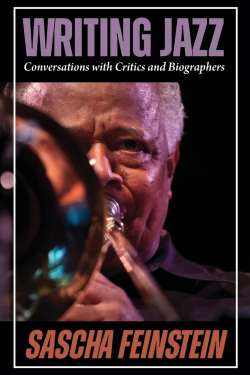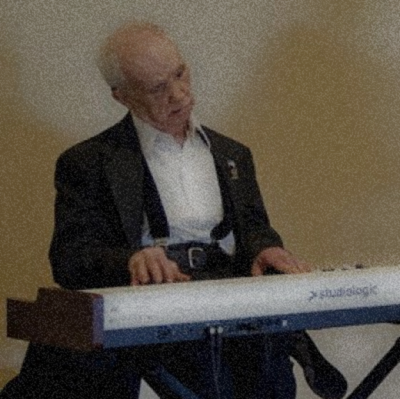In the October 17 edition of the New York Times Magazine, in an article titled “Streaming Music Has Left Me Adrift,” Dan Brooks articulates what many of us who grew up with the long playing record album have long mourned, the passing of the era when consumers “owned” their own music collection based on a dedication of pursuing musical interests.
With the current ability to listen to just about anything ever recorded with merely an insignificant monetary monthly subscription (Brooks calls it “sharing the same record collection”), gone are the days when the music in our record collection could speak volumes about who we are, what we had in common with others, where we shopped, and what our commitment was to music.
In the early days of file sharing, I recall having a conversation with a young man of about 20 who boasted of having “over 10,000 songs” on his various devices of the time — a collection, he proudly proclaimed, that cost him “nothing.” While he was correct in saying that his “collection” cost him nothing, what it did cost him (and many others since) were the person-to-person experiences that led to connection and friendship routinely initiated in visits to the record store. “By making it perfectly easy to find new music, we’ve made it a little more difficult to find new people,” Brooks writes.
Are friendships still made over music? Obviously, the answer is yes, and sharing files and pointing friends to favorite songs is easier to accomplish now than in the days of the record store, but to what depths do these connections over music go? As Brooks writes; “Such connections are still possible even in this new world of abundant content. But have they become too possible — so possible…that they have lost meaning?”
Addressing how file sharing impacts our commitment to music, Brooks writes; “When getting into a band became as easy as typing its name into a search box, particular musical tastes lost their function as signifiers of commitment. What you listened to ceased to be a measure of how much you cared and became a mere list of what you liked.”
When I pointed Brooks’ column to my brother — like me, a record album junkie during the era of the record store — he responded to me by writing, “I am so grateful we were able to experience the pure joy of discovering, owning and savoring music and artists as we did. Who knew those simple pleasures would evaporate in our lifetimes?”
How we consume music in the future will continue to evolve, but, considering the rising demand for music on vinyl, it may even revert. This reversion could be coming out as a result of the audiophile’s demand for a more authentic sound, but it may also be possible a purchase of vinyl displays a commitment to music and our relationship to it mostly absent in the digital era. If so, maybe those “simple pleasures” my brother wrote of haven’t completely evaporated.









































A thoughtful article. We don’t yet know the price we will pay for the technology that has replaced human links, face to face conversations, the bonds of days prior to internet connections
I completely agree that the digital age has meant that we stay in front of a screen to find our music instead of going out to our local record shop. Thus losing the social side of record collecting. In “the old days” we got tips from the (usually) knowledgeable sales people in the record shop. Specialist shops would often know a regular customer’s taste and provide him/her with suitable suggestions of what to listen to. Looking over the shoulder of a fellow shopper at the checkout would also provide tips on what others were listening to – and might be the basis for a conversation.
Streaming also removes the joy of looking though boxes of records in (more or less) beautiful sleeves. One could buy a record for its sleeve art. No so easy when consuming music via streaming!
The hunt for a record we need for our collection is infinitely more boring now that we can sit at home and search a range of webb-based sellers and find that elusive gem in minutes rather than having to search many record shops and perhaps take years to find it. And, we miss out on the usually enlightening discussions with the people in those shops who try to help us
Though record retailers now report that today’s record buyers have usually streamed the album before they buy, we can never know how many albums the person has streamed before deciding to buy one. Streaming is a lonely occupation with the only social possibility through sharing downloads with friends one already has.
I won’t say “things were better then” but they sure were more sociable!
Sometime in the late 1980s, around the time I got my first CD player, my boyfriend & I were drinking one afternoon in the D.C. area with a musician we knew. He asked if we had ever heard “Danny Boy” performed by Jackie Wilson. I said we had not & he told me I should immediately go out & buy it, even if it cost me $500 LOL … the very next day I found the CD in a record shop, for a normal amount of money. The song is pure vocal acrobatics. It’s on youtube so I was able to get my friend in Greece to listen to it.
Could this be a new trend? “Vinyl lovers will get to hear Annie Lennox’s new album Nostalgia ……..or just good marketing!